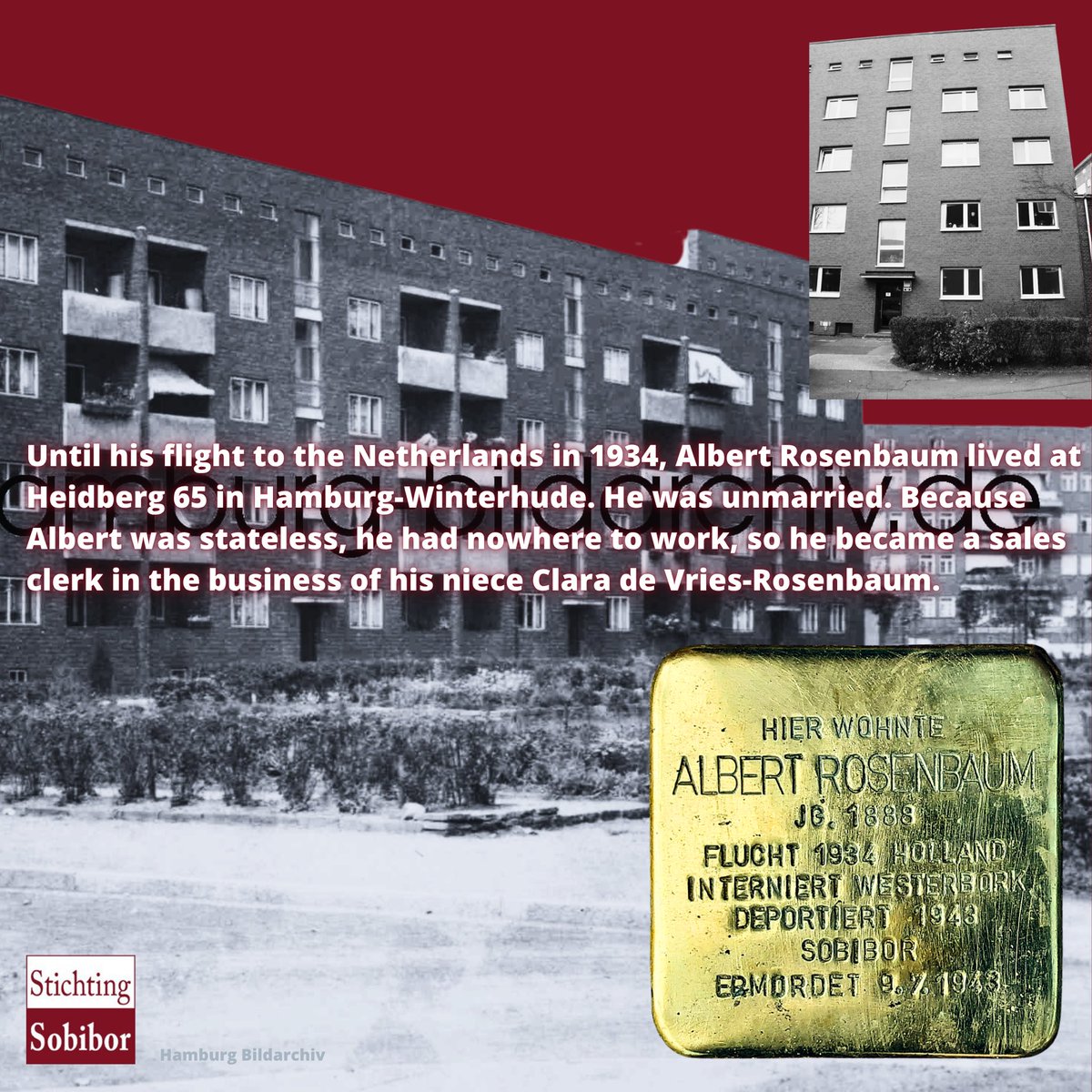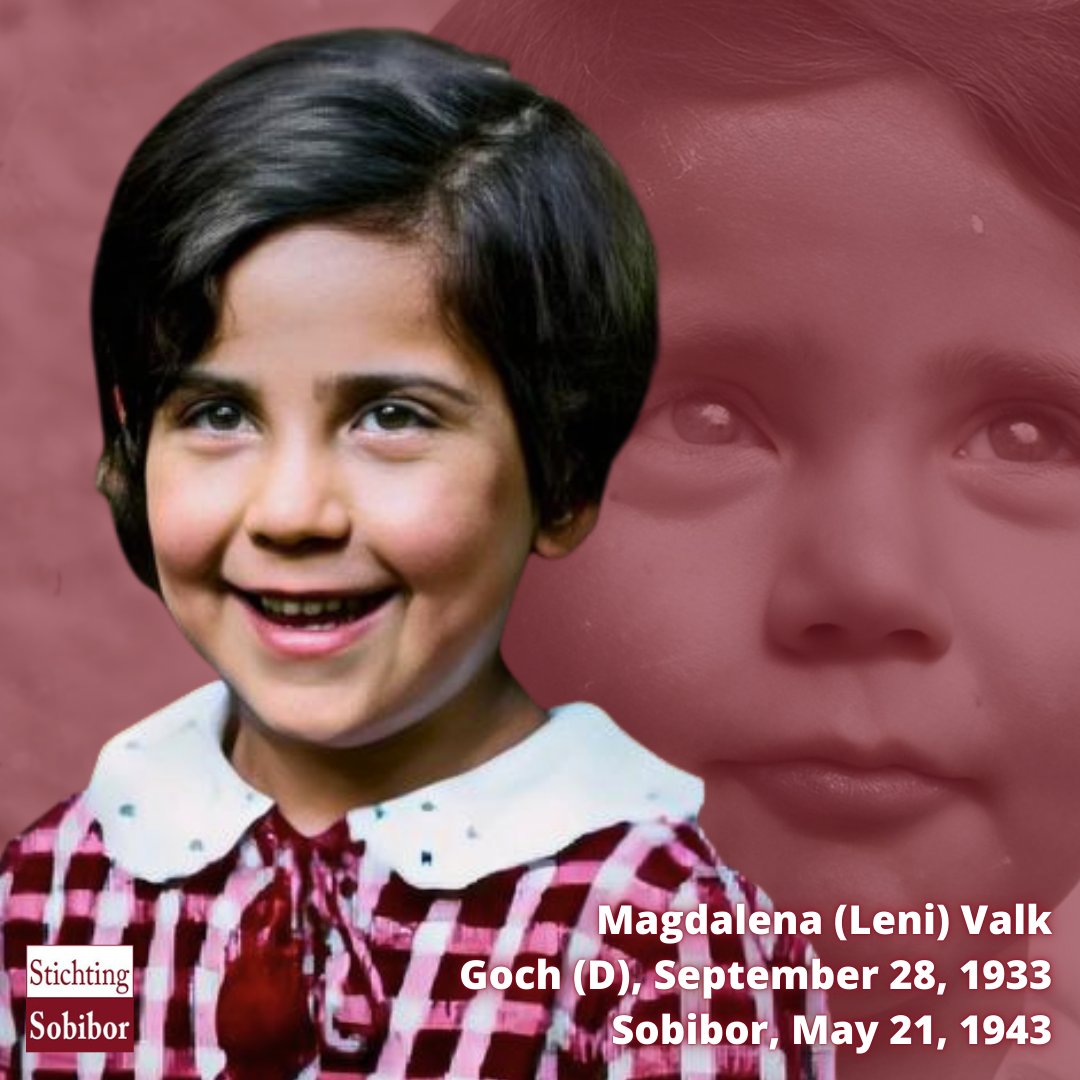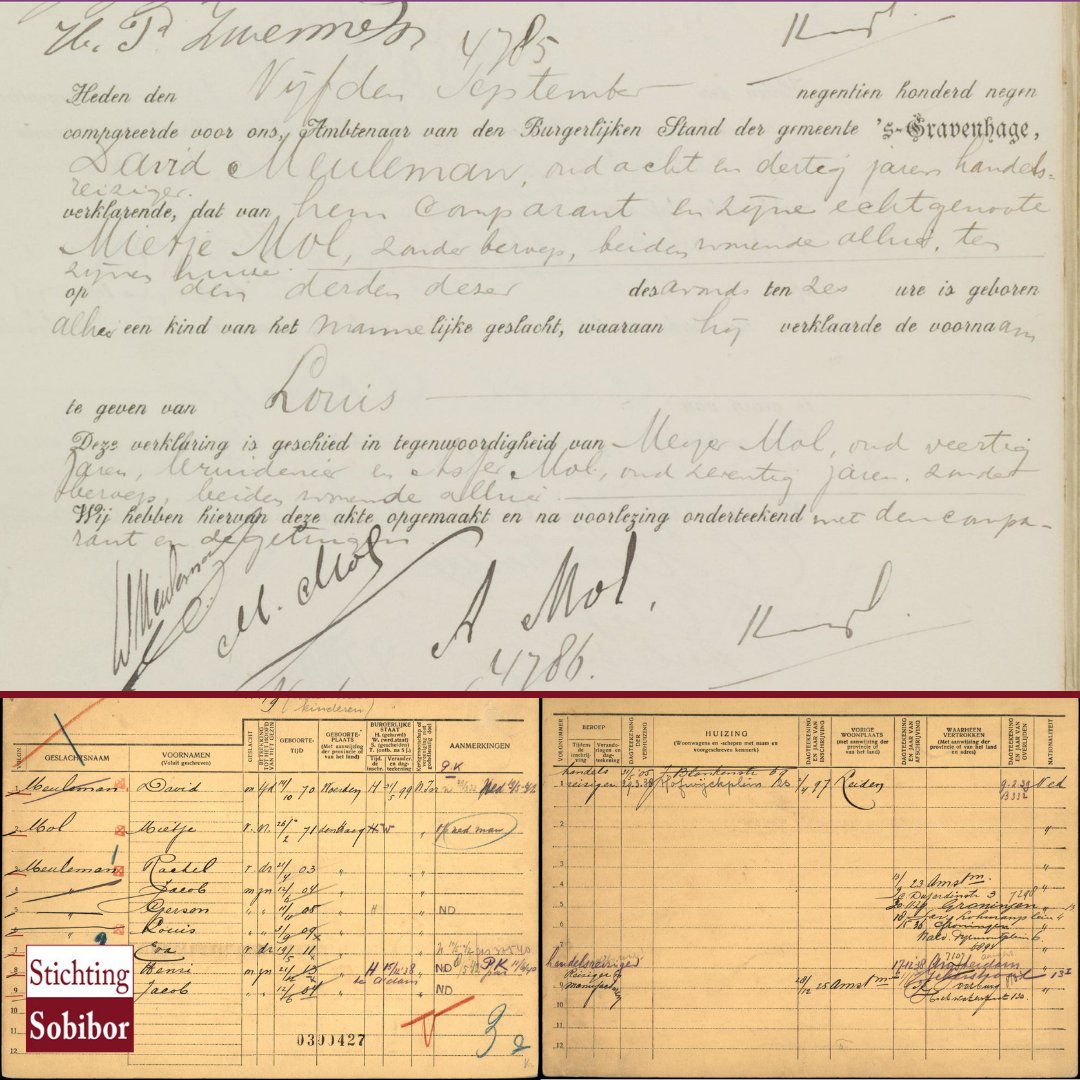19.06.1944 | #OTD Gottfried Schwarz, nicknamed Friedl, was killed bij partisans in Italy. He was an SS-Untersturmführer who participated in Aktion T4 and Operation Reinhard, notably as deputy camp commander of Belzec. He also commanded the Dorohucza labor camp. 👇🏼/1 

Member of the SS , Gottfried Schwarz, after the takeover of power by the Nazis was assigned to the Leibstandarte Adolf Hitler and guard of the @DachauMemorial concentration camp . During an action against partisans, he was shot in San Pietro al Natisone on June 19, 1944. /2 

Between 1939 and 1940 he joined the staff of Aktion T4 , in the framework of which he was responsible for the burning of corpses, especially in the extermination centers of Grafeneck and Bernburg . /3 



T4 Program, also called T4 Euthanasia Program, Nazi German effort - framed as a euthanasia program - to kill incurably ill, physically or mentally disabled, emotionally distraught, and elderly people. Hitler initiated the program in 1939. /4 

In late 1941, Schwarz became the deputy to Christian Wirth , then commander of the Bełżec death camp. After the dismantling of the Bełżec camp, he was promoted to commander of the Dorohucza labor camp in March 1943. /5 

Dorohucza was 5km NE of Trawniki, on the Wieprz River. The camp had 3 barracks in U-shape around an Appellplatz and a watchtower. On the 4th side were barracks for SS, Trawninki men and a kitchen. These 3 buildings stood outside the fence. The peat fields were across the river./6 

When Operation Reinhard ended in Nov. 1943 because of the uprising in Sobibor on October 14, the majority of German personnel, incl. Schwarz, were assigned to the Trieste region, in the area of operations on the Adriatic coast. He was assigned to the Sonderabteilung Einsatz R. /7 

• • •
Missing some Tweet in this thread? You can try to
force a refresh























